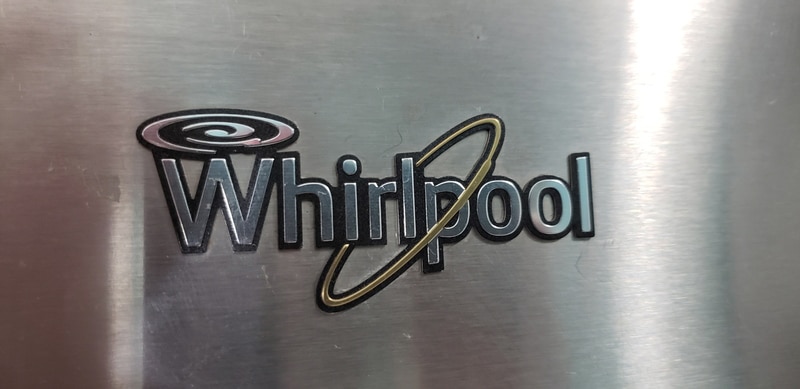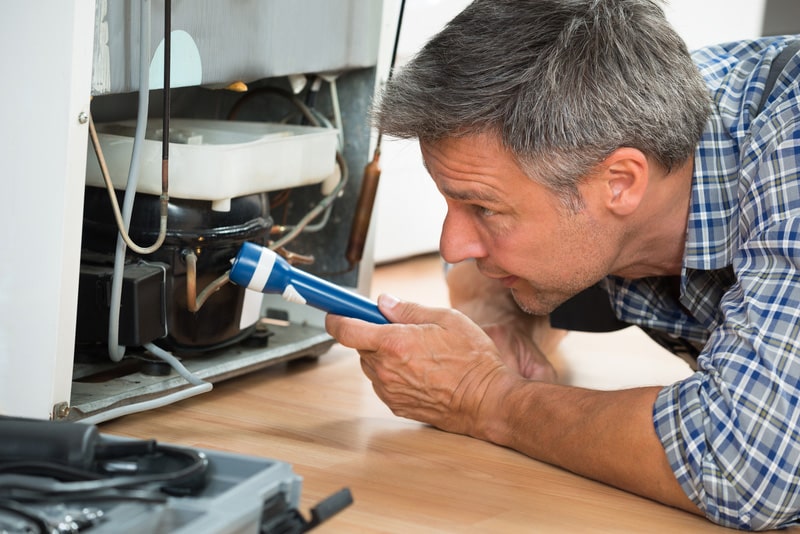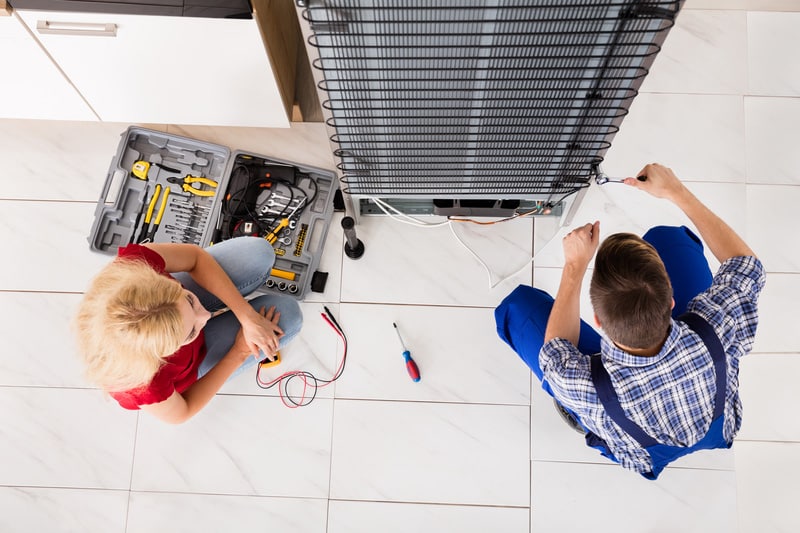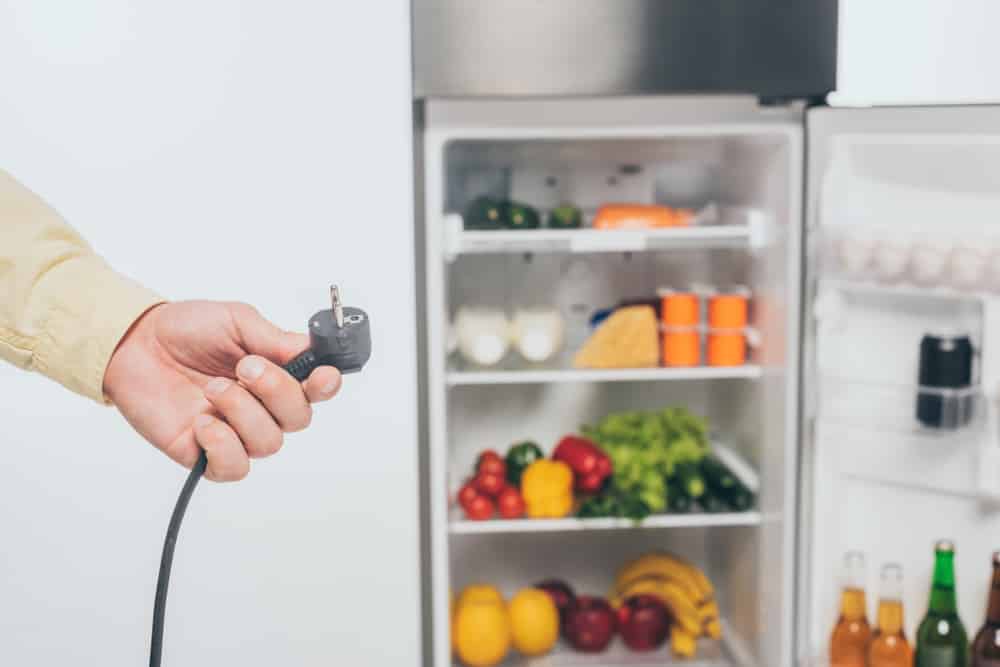
With their excellent features and durability, Whirlpool refrigerators have earned a great name in the industry. However, that doesn’t mean they don’t have their fair share of problems. Like every piece of equipment, they are also susceptible to problems.
If the temperature control of your Whirlpool refrigerator is not working, this article is for you. In this troubleshooting guide, we intend to cover some reasons and simple solutions for this problem. Let’s get started!
How to Fix Whirlpool Refrigerator Temperature Control Not Working?
Some effective solutions for this problem in the Whirlpool refrigerators are mentioned in the section below.
- Check The Condenser Coils
Oftentimes, the temperature control of the Whirlpool refrigerators stops working when there is something wrong with the condenser coils. Condenser coils are responsible for dissipating heat, thus helping the refrigerator reach the optimal temperature.
However, they can get clogged by dust, pet hair, and other particles, and when they do, the temperature control may not work properly.
Of course, if the condenser coils of your Whirlpool refrigerator are not releasing hot air, the refrigerator won’t be able to maintain its low temperature. Properly working condenser coils release hot air, but dirty ones will retain it.
Essentially, the unit will have to work harder than it is designed to. As a result, it will reduce energy efficiency, and your refrigerator will start using more energy than usual. Besides, other components may also feel the heat and get damaged.
- Symptoms of Dirty Condenser Coils
Decreased cooling capacity is a common symptom of dirty condenser coils. If the cooling power of your Whirlpool refrigerator has declined recently, it’s time to clean its condenser coils.
This means that your food is prone to spoilage, so consider cleaning your refrigerator immediately to restore its functionality. Apart from that, you will see a spike in energy bills if the condenser coils are dirty.
Since refrigerators use a significant amount of your household’s overall electricity consumption, you must clean the coils if they are causing the system to consume more energy. Whirlpool refrigerators are quite energy-efficient, so you’ll see a clear rise in energy consumption.
Compressor overheating is another warning sign often associated with dirty condenser coils. So, if the compressor is overheating, or it starts making loud noises that it usually does not, you are headed for a disaster. If neglected, your Whirlpool refrigerator may malfunction.
- Checking the Condenser Coils
A visual inspection will tell you whether the condenser coils are dirty or not. So, take a look at them. They are usually located on the back of a refrigerator. However, depending on the model, they can be found underneath the unit.
If you don’t know their location, consider reading the user manual. And yes, make sure to disconnect the power before working on your Whirlpool refrigerator.
- Cleaning the Condenser Coils
If the condenser coils are protected by a toe guard, take it off to access them. Now, get a vacuum cleaner and vacuum up as much dust as possible. If the condensation coils are too dirty, the vacuum cleaner won’t be able to remove all the dust.
So, it is recommended to run a brush in between the coils to ensure thorough cleaning. Nowadays, special condenser coil cleaning brushes are available on the market, and you can easily buy one from your nearby hardware store or an online store.
While cleaning the condenser coils, inspect other components as well and see if they need cleaning, such as the water valve, condenser motor, etc. As you can see, cleaning the condenser coils is a simple process, and you don’t need to hire an electrician for this purpose.
- Loose Door Seal
Worn-out door seals are another common cause of this problem in Whirlpool refrigerators. A door seal serves a simple but important purpose. As its name implies, it seals the door, thus keeping the warm air outside and cold air produced by the unit inside.
As your refrigerator ages, its door seal becomes loose. So, examine the condition of your door seal if the temperature control stops working. If it has gone loose or you see cracks on it, it must be replaced. You can also check it with paper.
For this purpose, place paper between the door seal and the refrigerator and shut the door. Now, pull out the paper. If it offers some resistance, the door seal is working fine. However, if it slides down easily, the door seal is weak.
If so, consider replacing the door seal to bring the temperature control of your Whirlpool refrigerator back to life. Furthermore, if the door seal is not tight, it will let warm air enter the refrigerator, which can spoil the food items stored inside.
- Incorrect Temperature Settings
Sometimes, the problem could be as simple as incorrect temperature settings. If you are unsure about the right temperature, consider going through the user manual. If the problem persists, keep changing the temperature until you find the optimal temperature.
- Look For Power Failure
A power failure will also hinder the normal functioning of your Whirlpool refrigerator. If you see a power loss or the unit is not starting at all, a power failure could be the reason. Begin by making sure that your Whirlpool refrigerator is properly plugged in.
Of course, if the cord is not plugged in, your fridge will not get the power it needs to operate. If it is properly connected, inspect the power cord for obvious signs of damage. If it is burnt or damaged, consider replacing it. If it appears fine, you can use a multimeter to test it.
- Other Power Problems
If the power cord is fine, proceed to check the power outlet in which your Whirlpool refrigerator is plugged. If the power outlet is faulty, the fridge won’t work at all, and you will have to replace it to resolve the issue.
Lastly, inspect the fuse and make sure it has not blown out. A fuse is designed in such a way that it blows out in case too much current flows through the circuit. If it has blown out, get a new fuse and replace it with the old one.
The Bottom Line
Whirlpool refrigerators are known for their high performance and powerful features. However, many users have reported that their temperature control stops working sometimes.
There could be many causes of this problem, which we have discussed in this article. If the condenser coils are dirty, consider cleaning them.




